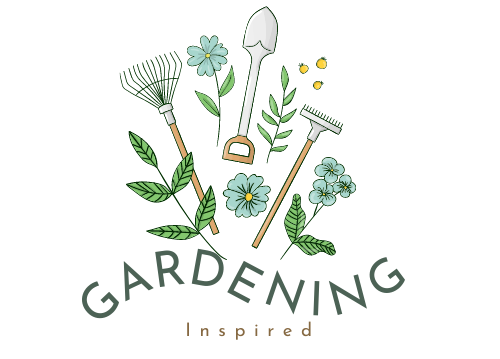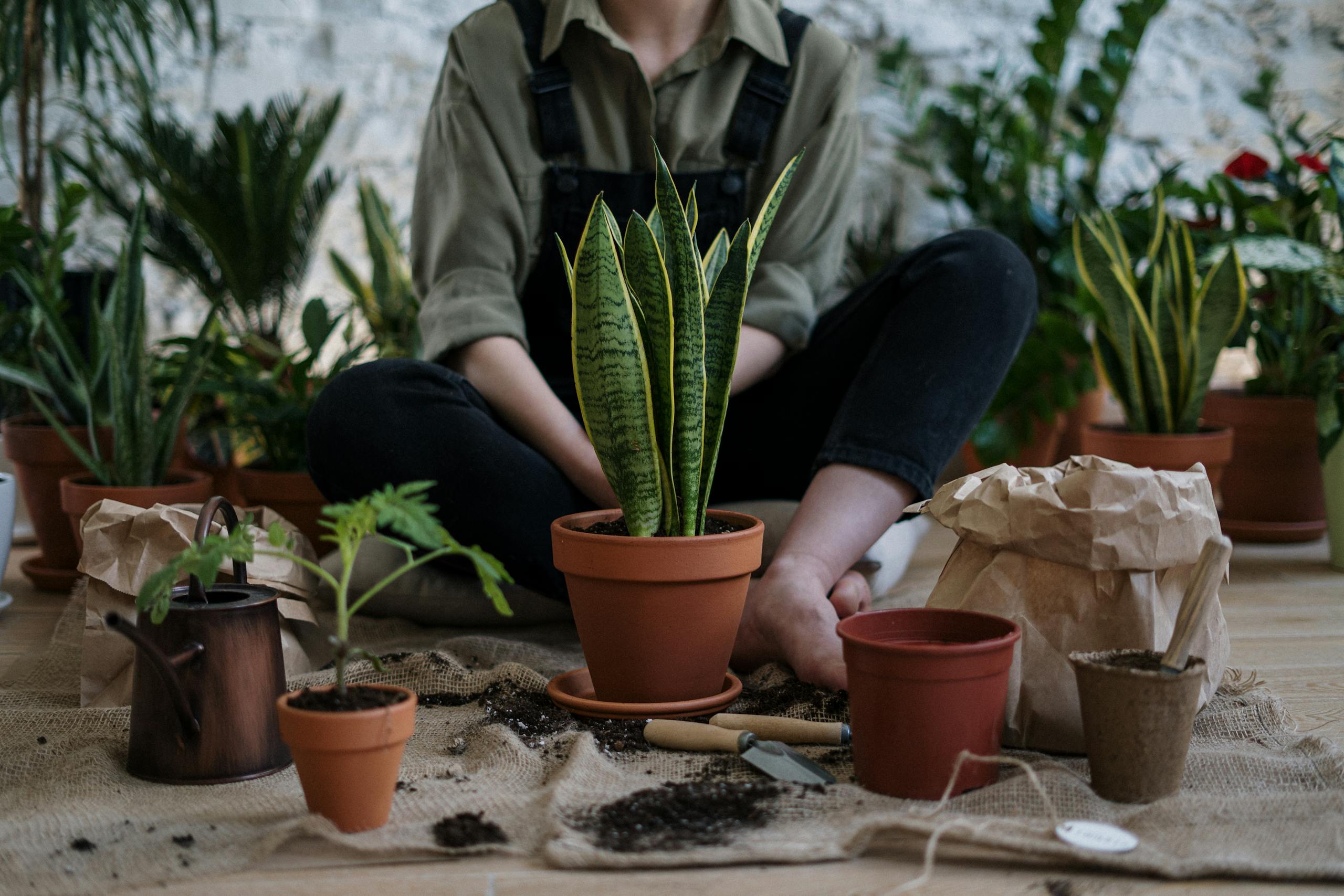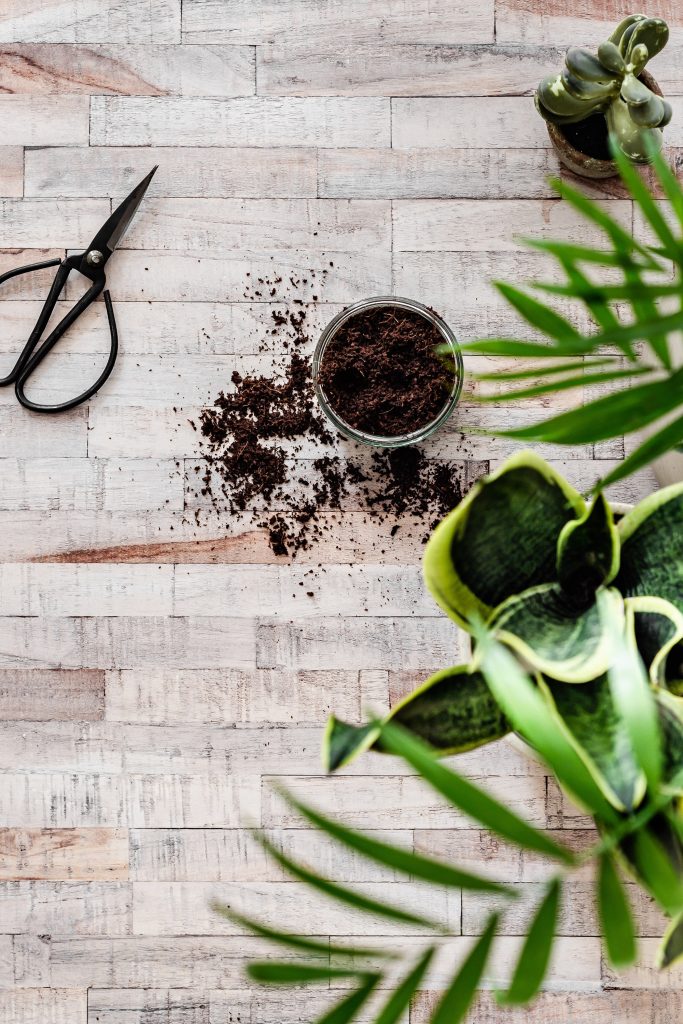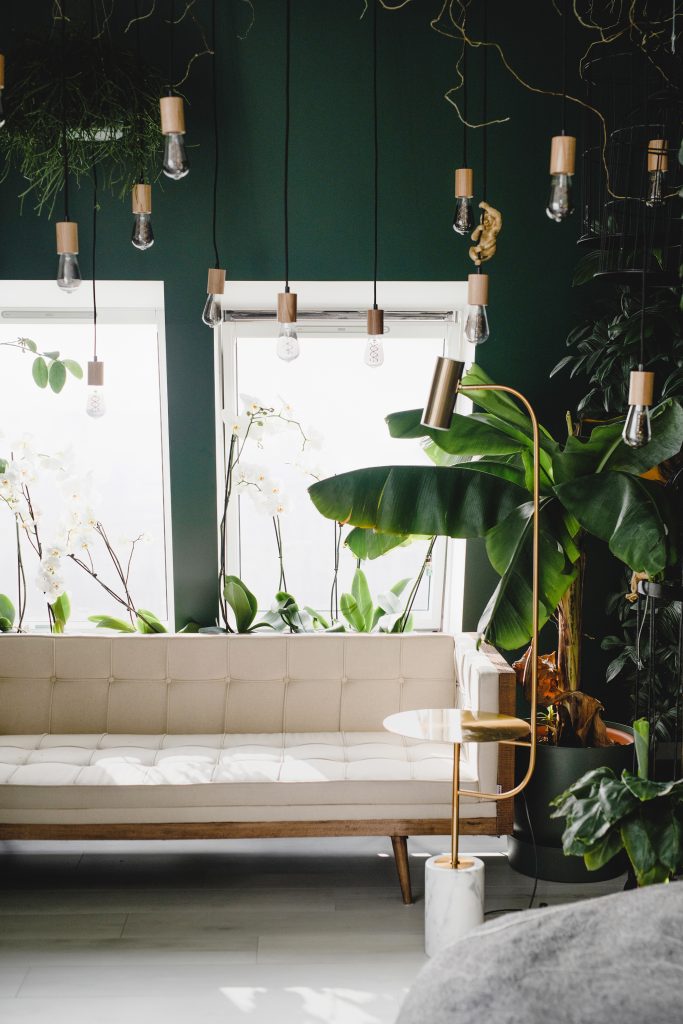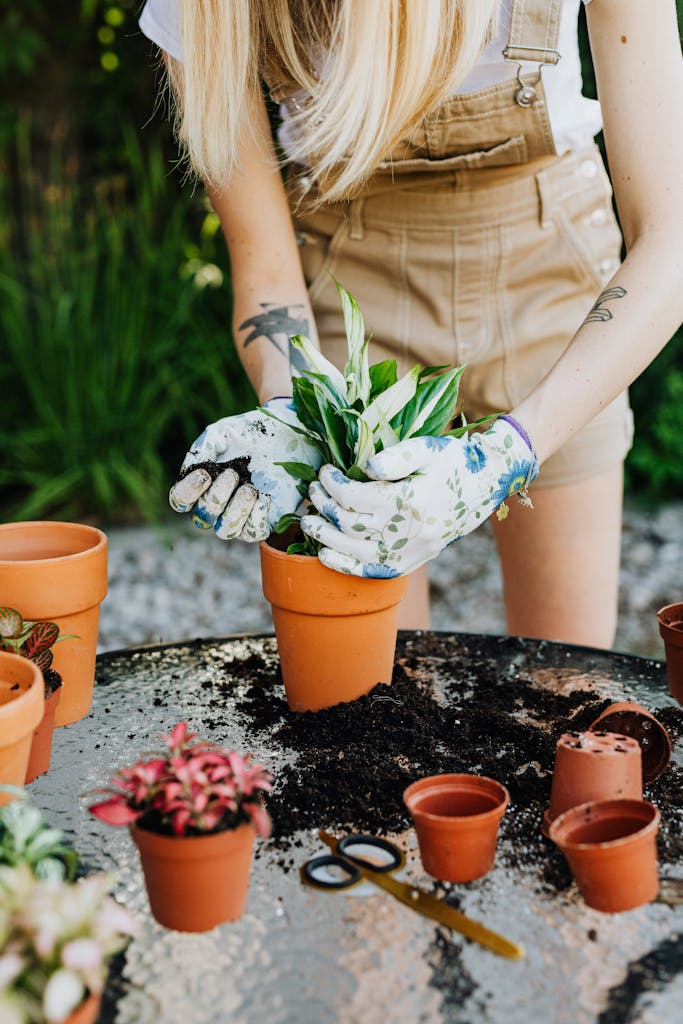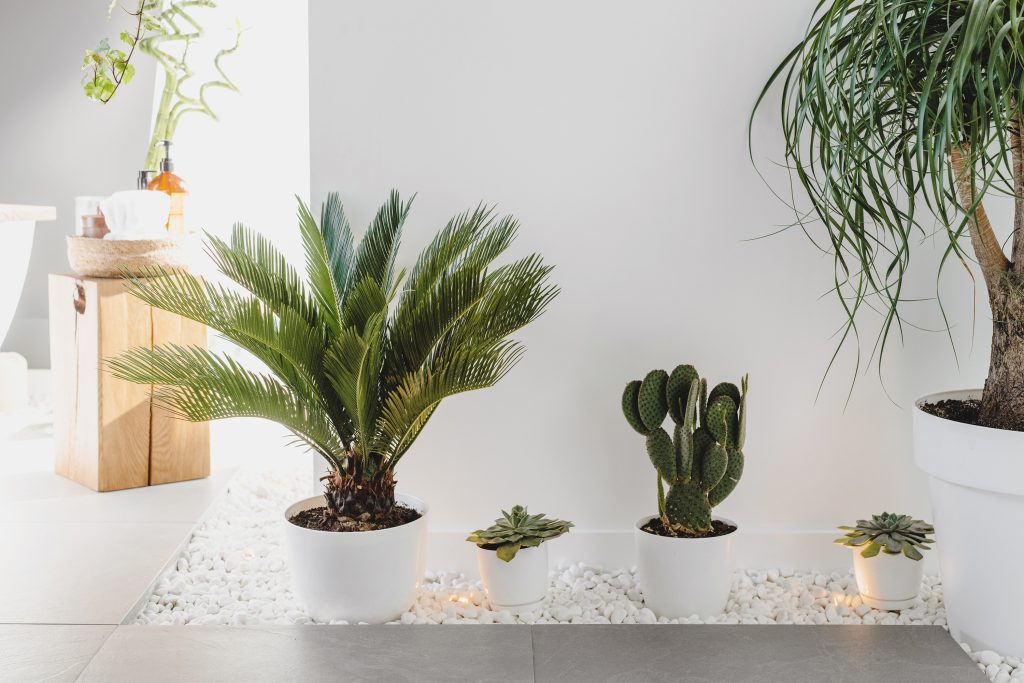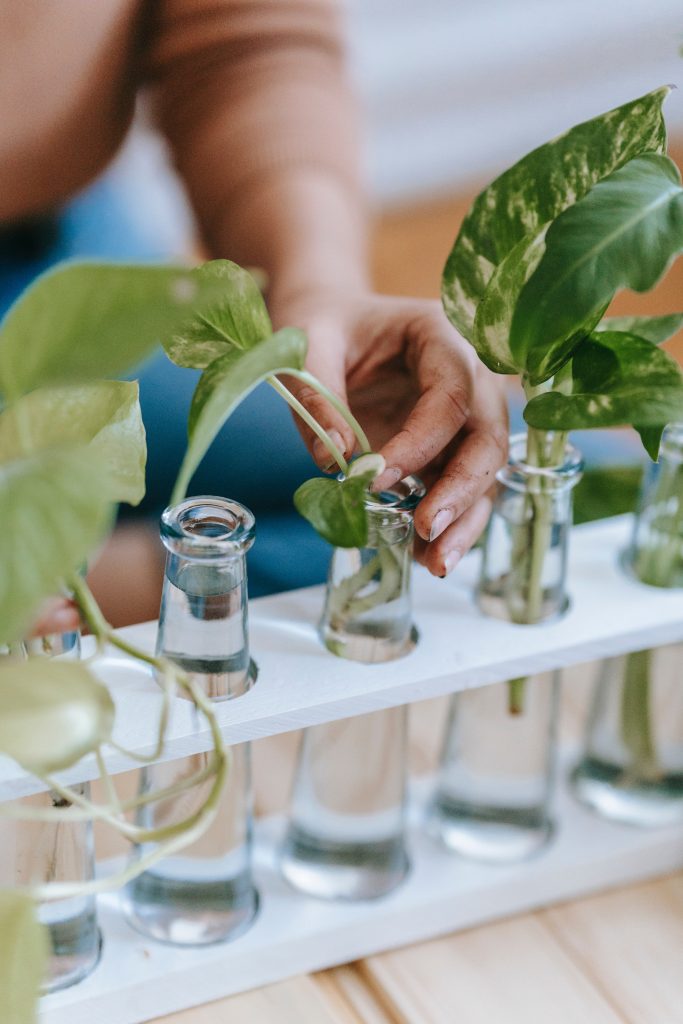10 Gardening Mistakes to Avoid for a Thriving Garden
Every gardener makes mistakes. Honestly, it’s almost like a rite of passage. You plant too early, you forget to water for a week, or you buy every plant that looks “cute” without realizing they all need totally different care. The good news? You don’t have to learn everything the hard way.
If you’ve been feeling frustrated because your plants look more tired than thriving, it may not be your lack of a green thumbit might just be a few small missteps holding you back. And the best part? Once you know what to avoid, your garden will reward you with healthier, happier plants (and a lot less stress for you).
Here are ten of the most common gardening mistakes beginners make—and how you can dodge them.
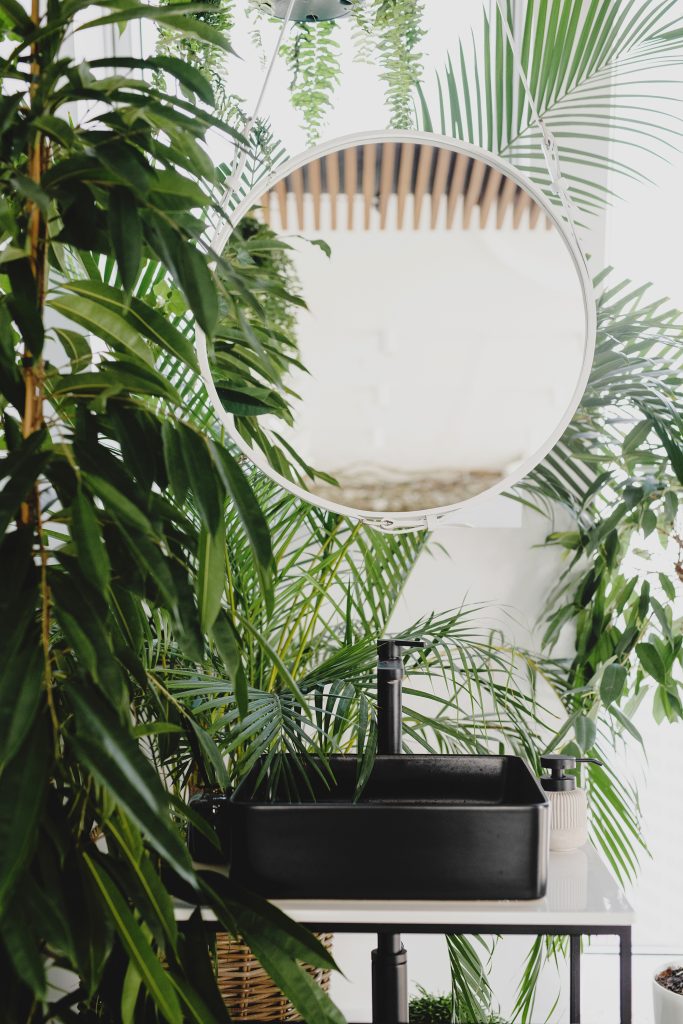
1. Planting Without Checking Your Zone
One of the quickest ways to set yourself up for failure is planting things that don’t grow in your climate. Each region has a growing zone, and some plants just won’t survive outside of it. Before you buy, check your USDA Hardiness Zone (or your local equivalent) and make sure the plant is actually a fit.
2. Overwatering (Yes, It’s a Thing)
It’s tempting to think your plants need water all the time, but too much is just as harmful as too little. Overwatering can drown roots and invite fungus. The trick is to water deeply, less often. Stick your finger into the soil—if it’s still damp an inch down, wait another day.
3. Ignoring Soil Health
Good soil is the foundation of every thriving garden, yet so many beginners skip this step. If your soil is compacted, depleted, or poorly draining, your plants will struggle no matter how much love you give them. Mix in compost, use raised beds if needed, and don’t be afraid to test your soil’s pH.
4. Crowding Plants Together
We all want that lush, overflowing look, but planting too close together just creates competition for nutrients, water, and sunlight. Plants need breathing room. Check the spacing recommendations on your seed packets or plant tags—it’s not just a suggestion, it’s survival advice.
5. Forgetting About Sunlight Needs
Some plants love full sun. Others thrive in shade. If you ignore their light requirements, you’ll end up with sad, leggy stems instead of strong growth. Pay attention to how much sunlight your garden actually gets and plant accordingly.
6. Planting at the Wrong Time
Timing matters. If you plant too early, frost can wipe out your seedlings. Too late, and the heat will stress them out. Follow your local planting calendar (usually tied to your frost dates) so your garden gets the best possible start.
7. Skipping Mulch
Mulch is like a gardener’s secret weapon. It locks in moisture, keeps weeds down, and regulates soil temperature. Skipping mulch means you’ll spend way more time watering and weeding than you need to. Plus, it makes your beds look neat and tidy.
8. Not Pruning or Deadheading
Pruning sounds intimidating, but it’s really just giving your plants a haircut. If you never prune, plants get overgrown, tangled, and less productive. Deadheading (removing spent flowers) encourages new blooms and keeps things looking fresh.
9. Ignoring Pests Until It’s Too Late
Nobody likes to think about bugs, but the reality is they’ll show up whether you’re ready or not. If you wait until your leaves are shredded, you’ll have a much harder time saving your plants. Keep an eye out, check your leaves regularly, and act early with organic sprays, companion planting, or barriers.
10. Expecting Perfection
This one’s big. Gardens are never perfect. Some plants will fail, some will surprise you, and that’s part of the process. If you expect flawless results, you’ll only end up frustrated. The real win is learning as you go and celebrating the harvest—no matter how small.
Wrapping It Up
Gardening is one big experiment, and mistakes are just part of the journey. But if you can avoid these ten common pitfalls, you’ll give yourself a huge head start. Healthy soil, proper watering, the right timing, and a little patience go a long way.
So instead of stressing over every plant, think of your garden as a teacher. Each season you’ll learn, adjust, and improve. Before long, you’ll look back at these “mistakes” and smile, because they’ll be the reason you grew into a confident gardener.
